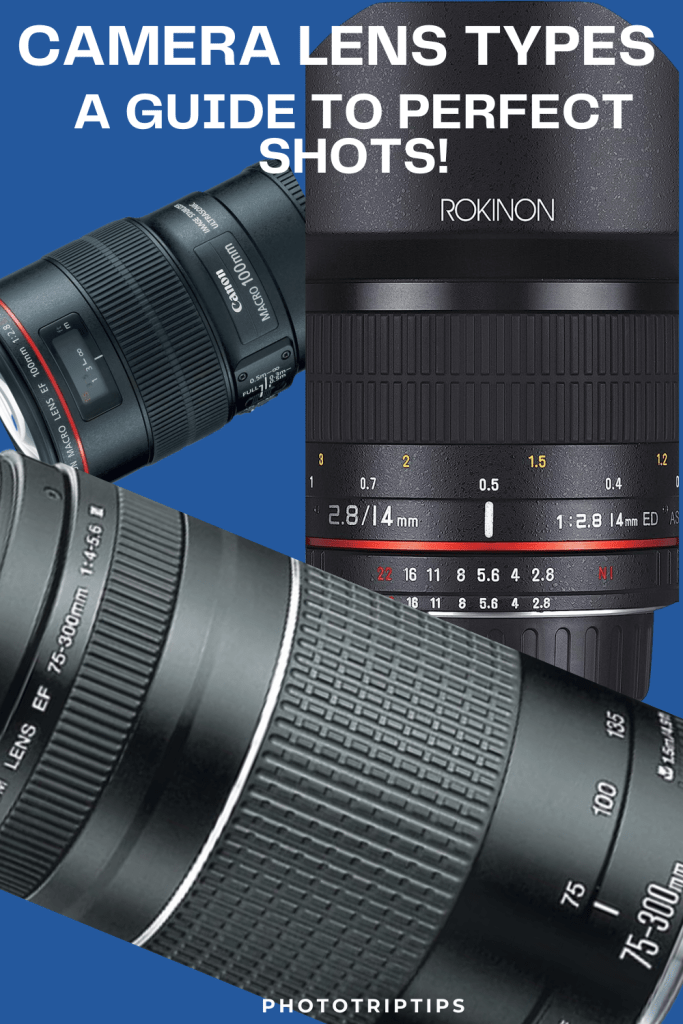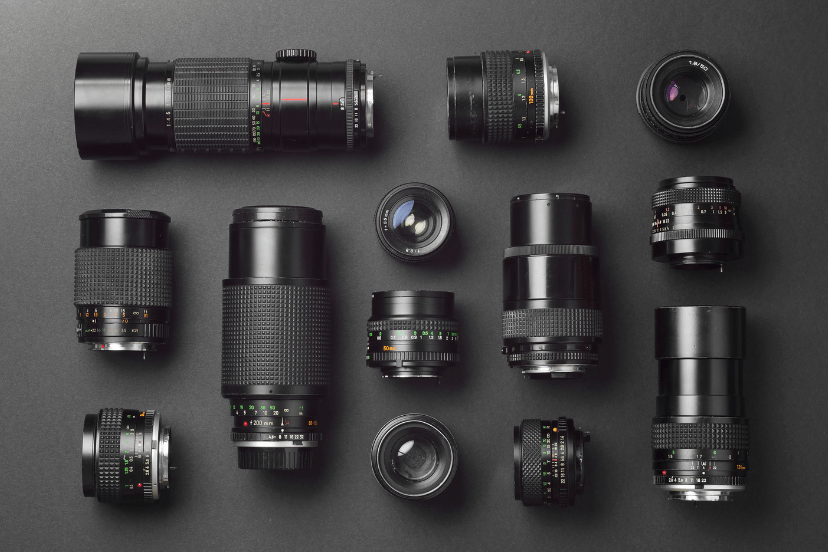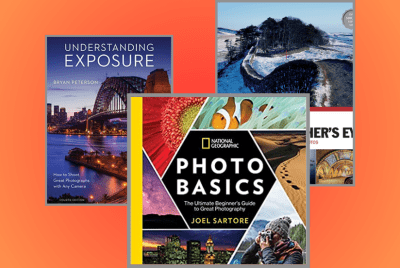Camera Lens Types
Camera Lens Types Decoded: Mastering the Art of Photography –
The right camera lens can make a world of difference in capturing breathtaking images or ruining it totally. That is a lesson I learned the hard way! When just starting out, I made the unfortunate mistake of using the wrong lens for capturing photos in a dimly lit indoor setting. The moment was fleeting, so I opted for a wide-angle lens, hoping to capture the entire scene in one frame, but it turned out to be a grave error.
The wide-angle lens distorted the subjects’ facial features, making them appear stretched and unnatural. Even worse, the lens struggled to gather enough light, resulting in grainy and poorly exposed images. I learned a hard, but valuable lesson, on the importance of selecting the appropriate lens for specific shooting conditions. Using the wrong lens that day irreversibly ruined a potentially remarkable photo.
I am a participant in the Amazon Services LLC Associates Program, an affiliate advertising program designed to provide a means for me to earn fees by linking to Amazon.com and related sites. This post may contain affiliate links, which means I may receive a commission, at no cost to you, for purchases made using my links. Please see my disclosure to learn more.
Features
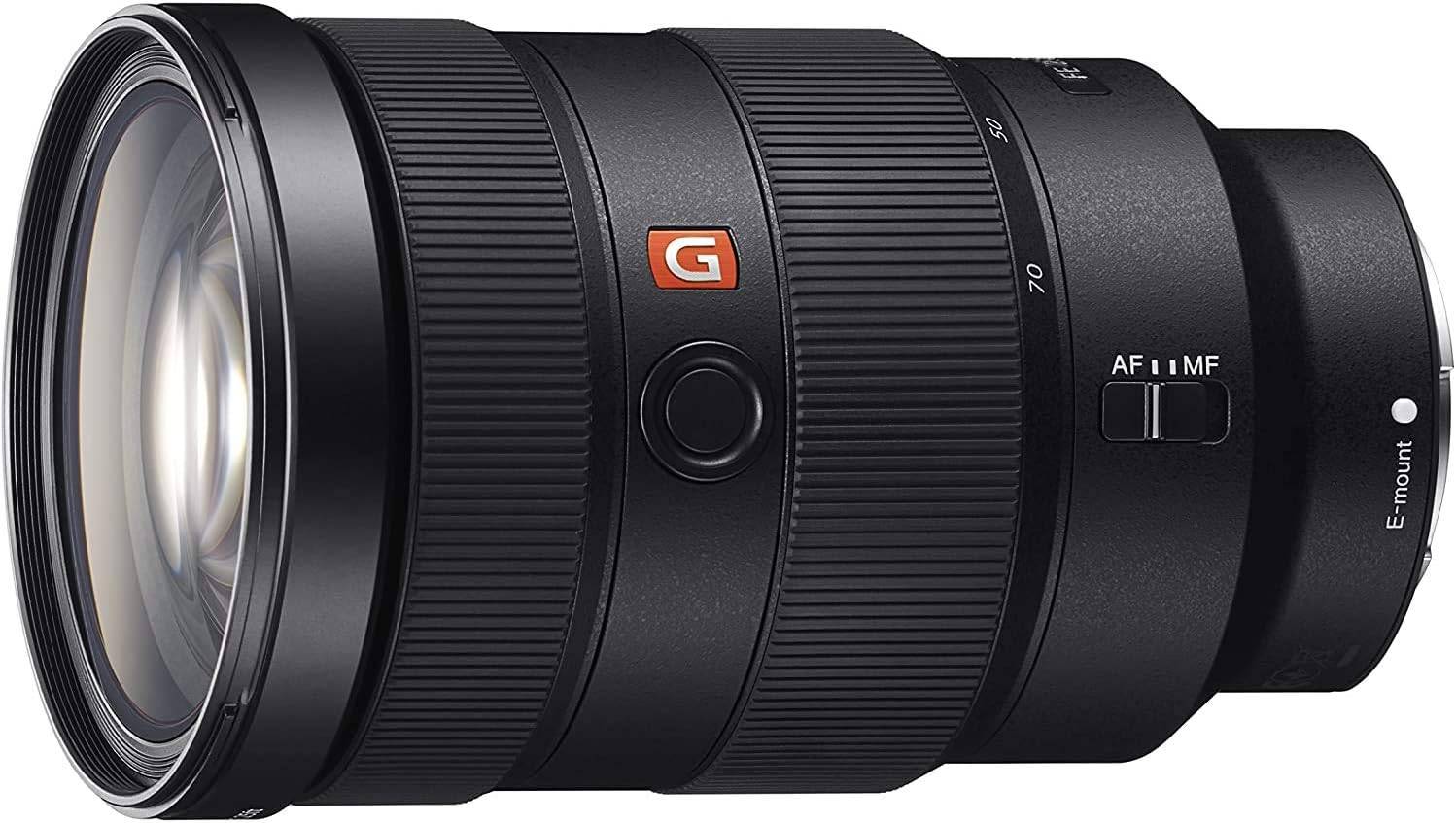
Sony SEL2470GM E-Mount Camera Lens

Canon EF 100-400mm f/4.5-5.6L is II USM Lens

Nikon AF-S FX NIKKOR 200-500mm f/5.6E ED Vibration Reduction Zoom Lens
Lens Type
Standard
Telephoto
Telephoto
Compatible Mountings
ALC-SH141
Canon EF
Nikon F
Focal Length Description
24-70mm
Maximum 400mm
Maximum 500mm
Amazon Rating
With a plethora of lens options available, understanding their distinct characteristics is essential to achieve specific photographic effects. To help you not make my mistake, I’ll explore various camera lens types, explain their features, and offer practical tips for maximizing their potential.
Understanding Camera Lens Terminology
Before delving into the world of camera lenses, it’s crucial to grasp some key terms. Focal length determines the lens’s magnification level, while aperture controls the amount of light entering the lens. Zoom lenses offer adjustable focal lengths, while prime lenses have fixed focal lengths, which often result in higher image quality.
Types of Camera Lenses and Their Uses
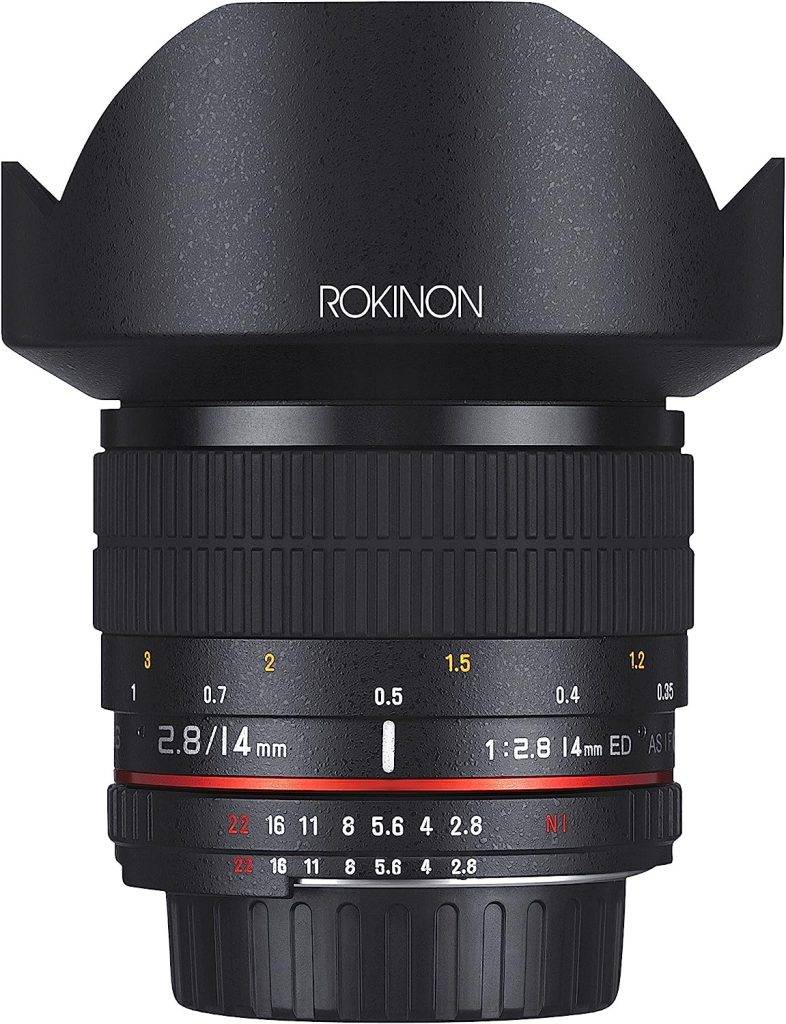
Wide-Angle Lenses
Wide-angle lenses are perfect for capturing vast landscapes or cityscapes. They provide a wider field of view, emphasizing the foreground while retaining background details. When using a wide-angle lens, get close to your subject for more impactful images. These lenses are also great for architectural photography, accentuating tall buildings and structures. Remember to keep your horizons level to avoid distortion.
Telephoto Lenses
Telephoto lenses excel in capturing distant subjects with stunning clarity. They have long focal lengths, making them ideal for wildlife photography and sports events. To prevent camera shake, use a tripod or image stabilization. Patience is key when shooting wildlife, as you might have to wait for the perfect moment to capture animals in their natural behavior.
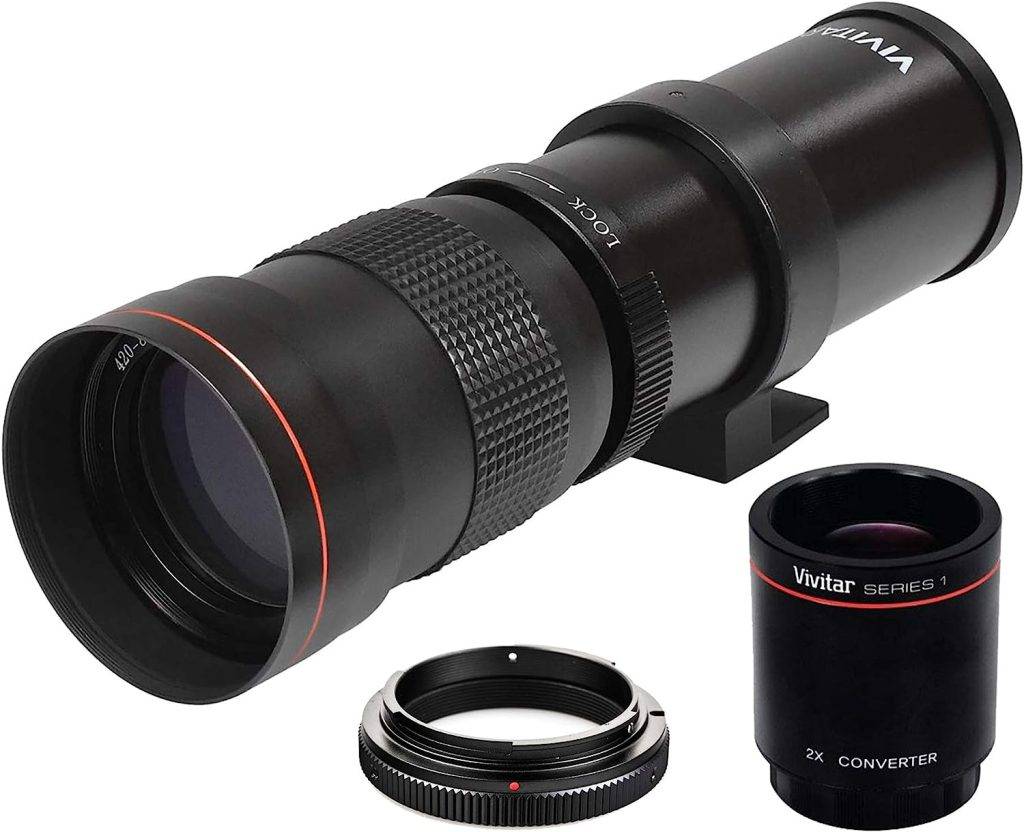
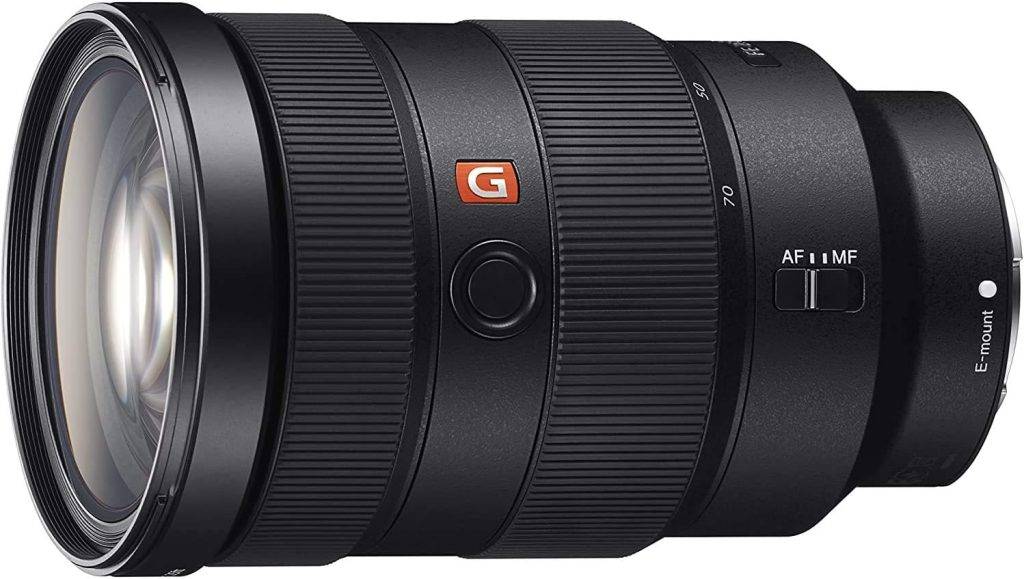
Prime Lenses
Prime lenses are known for their superior image quality and low-light performance. With a fixed focal length, they encourage photographers to be more creative with composition and framing. These lenses are perfect for portrait photography, producing pleasing bokeh and sharp subjects. For versatility, carry multiple prime lenses with varying focal lengths.
Macro Lenses
Macro lenses are designed for close-up photography, revealing intricate details in small subjects. They are excellent for capturing the world of insects, flowers, and other tiny objects. When using a macro lens, ensure precise focusing and use a narrow aperture to increase depth of field.
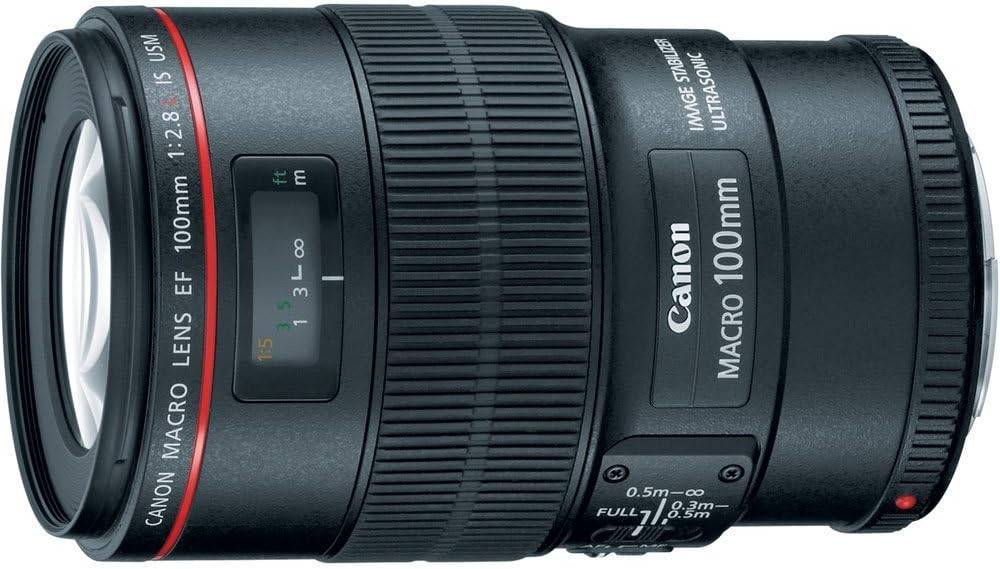
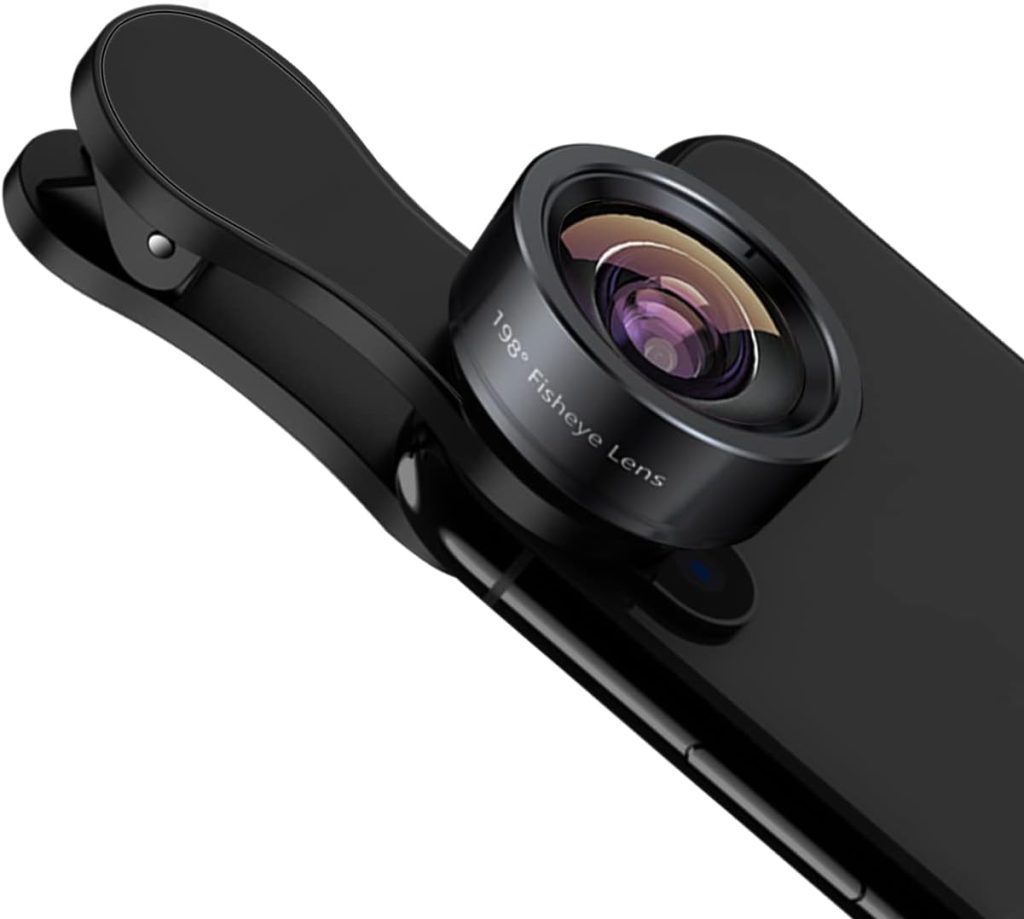
Fish eye lenses offer a unique perspective, producing curved and distorted images. They create a circular view, capturing an incredibly wide angle. Use fish eye lenses sparingly for creative and artistic shots. They work well in tight spaces or to add a fun twist to architectural photography.
Zoom Lenses
Zoom lenses are versatile and suitable for a wide range of situations. They cover multiple focal lengths, allowing you to shoot both wide-angle and telephoto shots without changing lenses. However, keep in mind that zoom lenses might sacrifice some image quality compared to prime lenses.
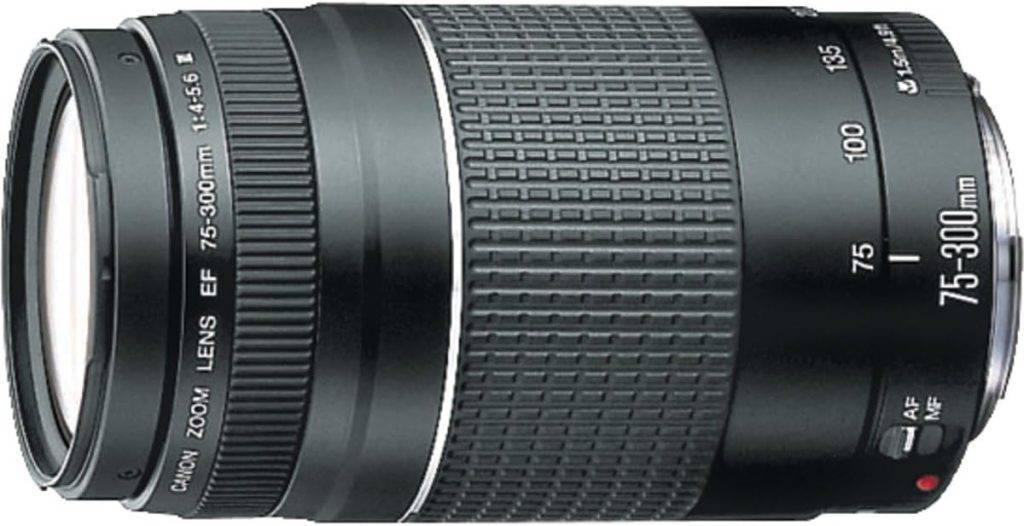
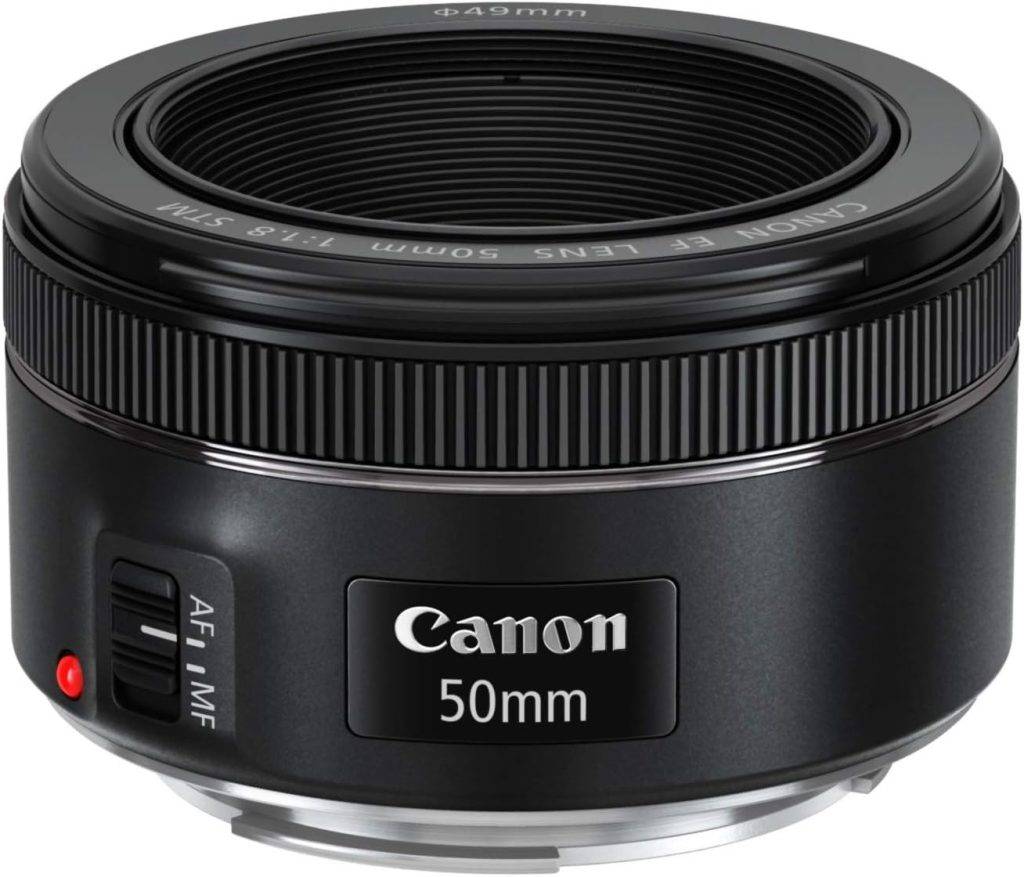
Standard Lenses
Standard lenses, often around 50 mm, closely replicate the human eye’s field of view. They are great for everyday photography, including portraits, street photography, and travel shots. Standard lenses are lightweight and deliver natural-looking images with minimal distortion.
Choosing the Right Lens for Your Needs
When choosing a camera lens, consider factors like your photography style, budget, and camera compatibility. Think about the subjects you shoot most frequently, and invest in lenses that suit those needs. Remember that higher-priced lenses often offer better optics and build quality.
Caring for Your Camera Lenses
Proper maintenance is essential to ensure your lenses perform at their best for years to come. Use a lens hood to protect against flare and shield the lens from scratches. Invest in a camera lens cleaning kit and regularly clean your lenses to remove dust and smudges. Store your lenses in a dry, dust-free environment.
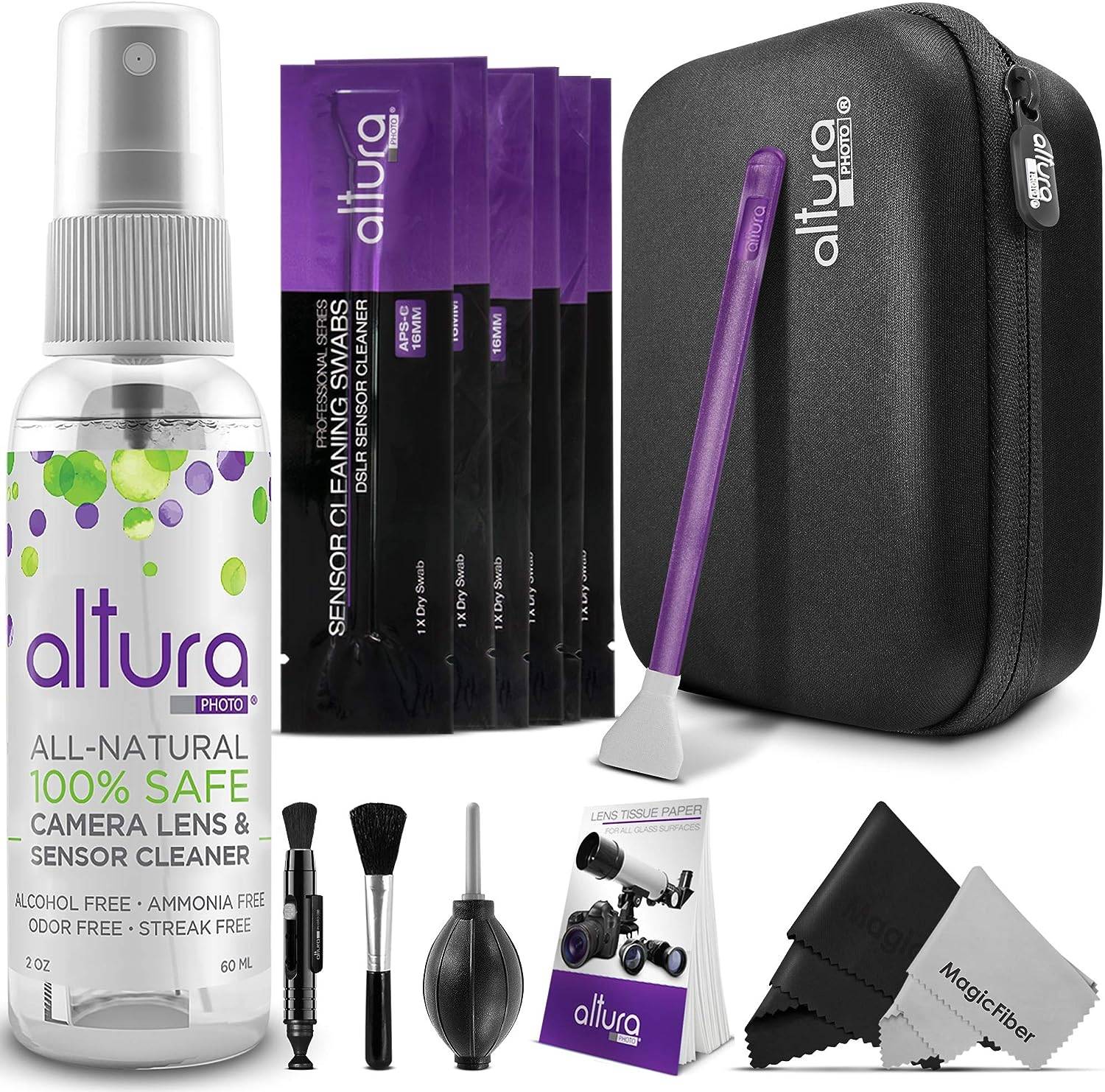
Altura Photo Professional Camera Cleaning Kit APS-C DSLR & Mirrorless Cameras
Camera lens cleaner with sensor cleaning swabs and case. Works as camera lens cleaning kit, camera cleaner, and sensor cleaner.
Final Thoughts on Camera Lens Types
A camera lens can elevate your photography from good to extraordinary. Each lens type offers unique capabilities that cater to different shooting scenarios. Understanding their features and knowing when to use them will give you confidence and broaden your photographic horizons.
Camera Lens Types FAQs
Q: What is the best lens for portrait photography? A: Prime lenses, with wide apertures, are popular choices for portrait photography due to their beautiful bokeh and sharpness.
Q: Can I use a wide-angle lens for close-up shots? A: Wide-angle lenses are not ideal for close-ups as they can distort subjects. Instead, opt for macro lenses to capture detailed close-up shots.
Q: Are prime lenses better than zoom lenses? A: It depends on your needs. Prime lenses generally offer superior image quality, while zoom lenses provide more versatility.
Q: How do I choose the right focal length for my photography? A: Consider your shooting style and subjects. For landscapes, go for wider focal lengths, while portraits benefit from longer focal lengths.
Q: Do camera lenses fit all cameras? A: Many third-party lenses are compatible with various camera brands. Just ensure they have the right mount for your camera model.
